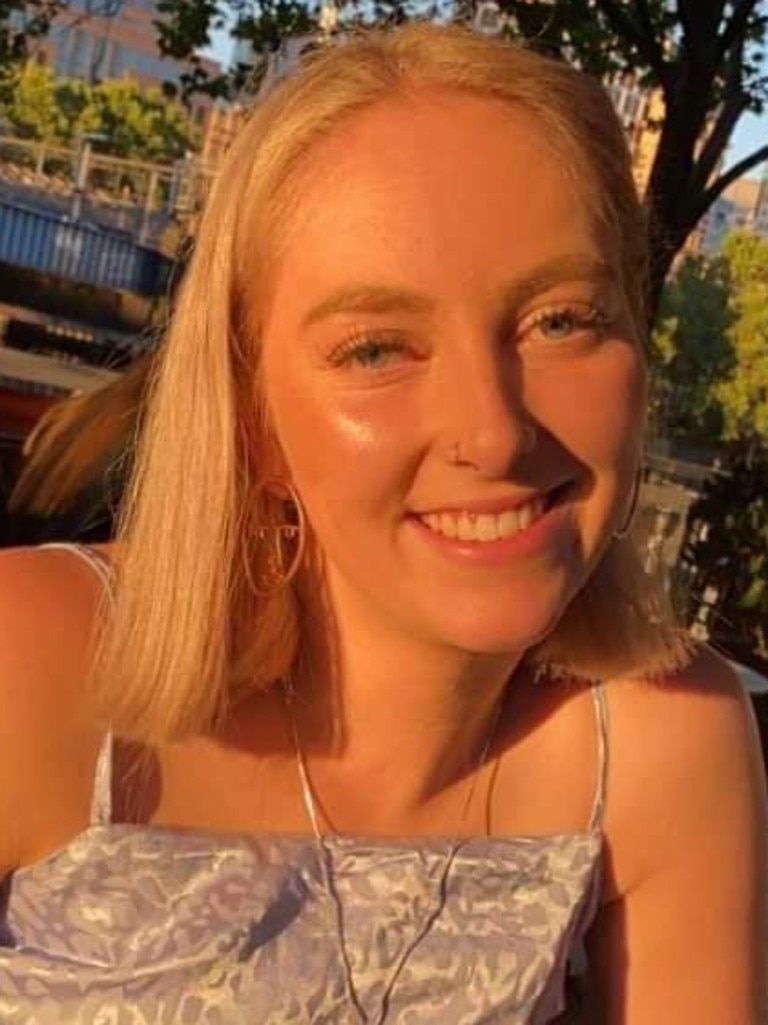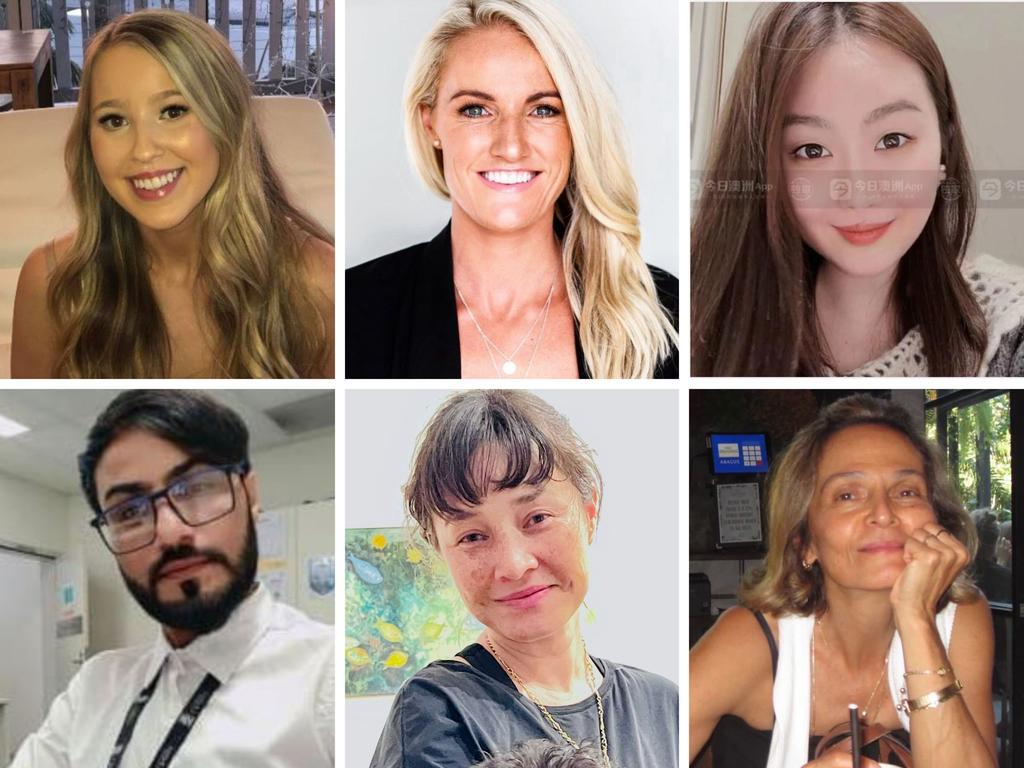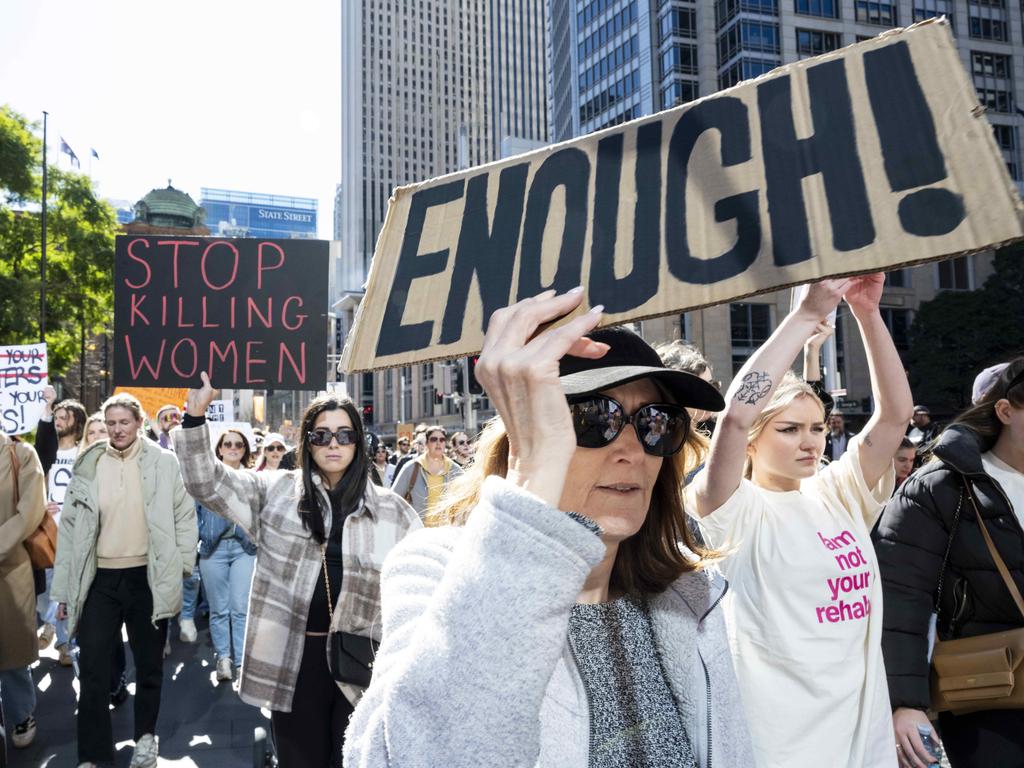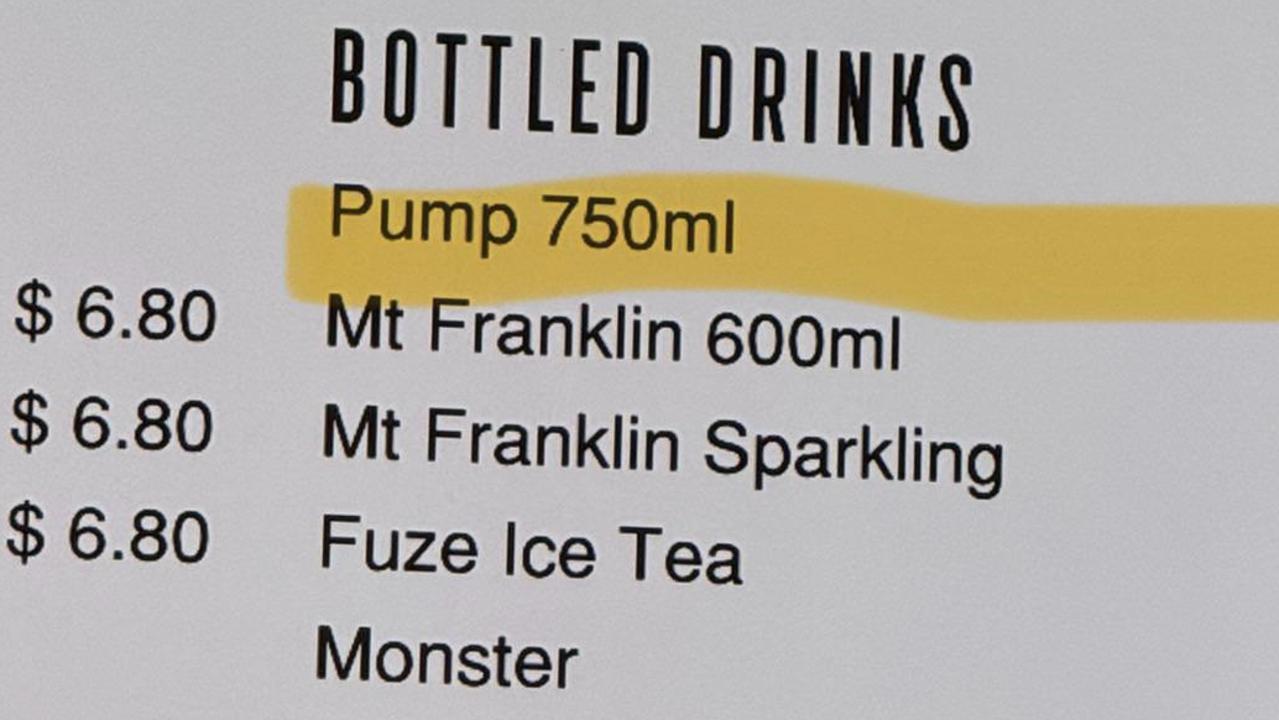‘It is our national shame’: Biggest stain on Australia in 2024
This year has been many things, to many people. And for Australians, it’s served as a cruel reminder of a societal stain that isn’t fading.

The year 2024 has been many things, to many people.
For the women of Australia, it’s been a year where they were not safe going for a morning jog. They were not safe visiting a shopping centre, or taking their child to a martial arts studio, or standing in a car park after picking up their groceries. They were not safe simply by dint of being in their own homes.
According to Destroy the Joint’s Counting Dead Women Australia project, this may be the worst 12 months on record for men’s violence against women in Australia since 2016.
At the time of writing, 74 women have lost their lives in 2024, allegedly as a result of what’s repeatedly been described as our “national shame”.
It’s a statistic that far surpasses the oft-quoted annual average of at least one woman being (allegedly) killed per week by a former or current partner – equating instead to approximately one every four days.


That the year is not yet over – and the so-called silly season corresponds with an increase in reports of domestic and family violence – it’s more likely than not that the death toll will go up again.
“As we approach the holiday season, it is heartbreaking that more families will be missing a mother, sister or friend who was killed by men’s violence this year,” CEO of Our Watch, the national leader in the primary prevention of violence against women and children, Patty Kinnersly, told news.com.au.
Heading into 2025, the question of when we, as a country, will draw a line in the sand and finally declare “enough is enough” is more difficult to ignore than ever.
In the month of April alone, one woman allegedly died at the hands of a male perpetrator every 48 hours. Among them were Joan Drane, Erica Hay, Emma Bates, Molly Ticehurst, Tara Morrison and Hannah McGuire.
On April 13, five were murdered in one fell swoop – Pikria Darchia, Jade Young, Yixuan Cheng, Dawn Singleton and Ashlee Good – when Queensland man Joel Cauchi went on a stabbing rampage at Westfield Bondi Junction.
All of their deaths were avoidable. While what transpired at Bondi was, yes, a senseless tragedy, it was one in which all but one of the victims (security guard Faraz Tahir), according to police, were “obviously” targeted because of their gender.
“The evidence consistently shows that the underlying causes of violence directed toward women are rigid gender stereotypes, sexism and disrespect,” Ms Kinnersly said.
It was a month that brought the scale of Australia’s gendered violence crisis, the effectiveness of the response systems – including police and courts – meant to keep women safe, and the dire lack of funding appointed to critical specialist domestic, family and sexual violence response services into sharp focus.

A snap national cabinet meeting followed in May – a discussion that many Australians hoped would mark a turning point in the way leaders have historically dealt with an issue that continues to stain the fabric of our nation.
Tens of thousands of people attended rallies across the country and demanded better. Yet women continued to die.
“It is our national shame that since June, 12 Aboriginal and Torres Strait Islander women have been reportedly killed by men’s violence,” Ms Kinnersly said.
“This has received little media attention, or the public outcry that these women and their families deserve.”
Just when we thought the year was winding down, in November, another 11 women were allegedly murdered, in a matter of 16 days.
The most recent National Community Attitudes Survey (NCAS) toward violence against women, conducted by Australia’s National Research Organisation for Women’s Safety Limited (ANROWS), found that 91 per cent of Australians believe domestic and family violence to be a “major problem”.
Yet only 47 per cent – less than half – believe it to be one in their town, community or suburb.
Experts and advocates have repeatedly stressed that every Australian has a role to play in eradicating gendered violence. We will never be able to do so if large swathes of society – our politicians chief among them – continue to look away.
Only eating the nice parts of the apple doesn’t disappear the bruises. Australian women will not be safe, Ms Kinnersly said, until we all choose to confront the issue head on.
“We must continue to channel our anger and grief into action,” Ms Kinnersly said.
“In our homes, workplaces, sporting clubs, schools and within our government.”

Open and honest conversations with our young men and boys are needed “to understand the pressures they face from friends, family, social media and pornography and how this influences the type of men they think they should be”, she continued.
In all schools, age-appropriate and culturally-respectful relationships education is detrimental to teaching boys and young men to reject sexist and derogatory attitudes, and to help all students “better understand consent … and learn how to develop healthy relationships”.
This work cannot stop once Australians set their foot outside the classroom.
“As individuals, we need to challenge disrespectful behaviours and attitudes towards women, as this contributes to a culture that condones violence,” Ms Kinnersly said.
“We need continued commitment and leadership from local, state and federal governments.
“Ending violence against women requires all parts of our systems working together.
“This means direct support for women experiencing violence, behaviour change programs for men who use violence, and change within society to prevent violence from happening in the first place.”
We just have to keep pushing the boulder up the hill, until it hopefully, eventually rolls down the other side.






